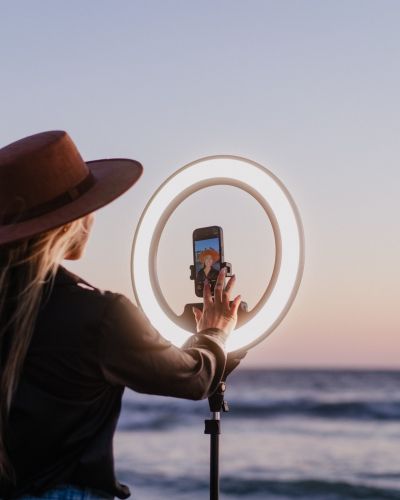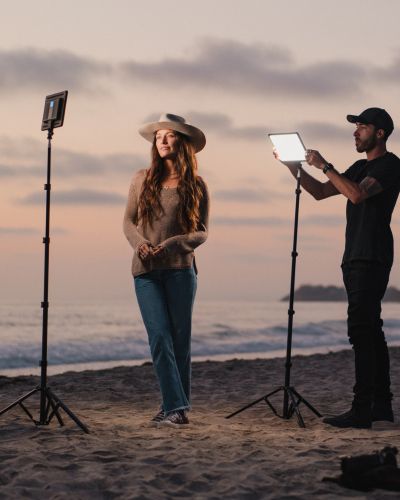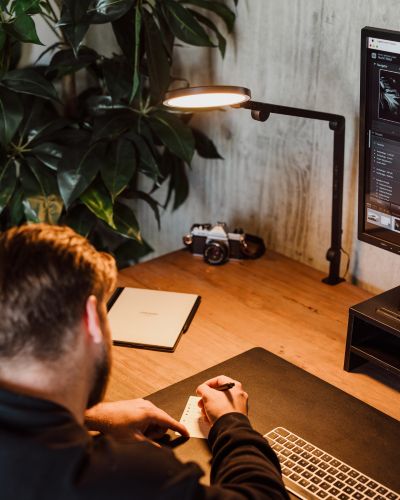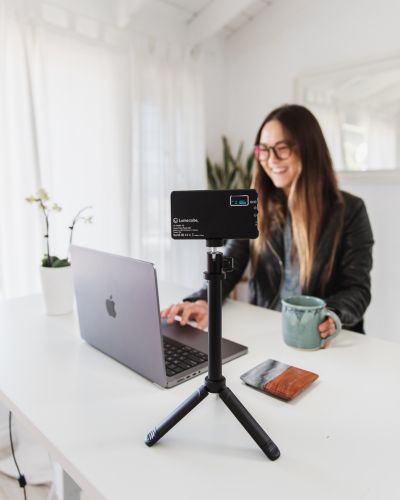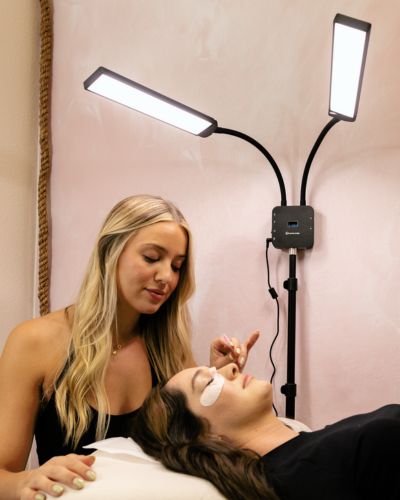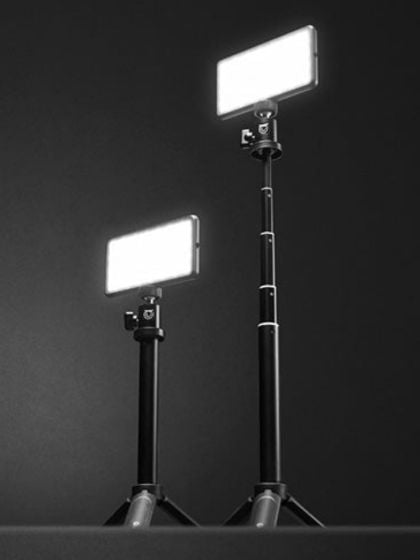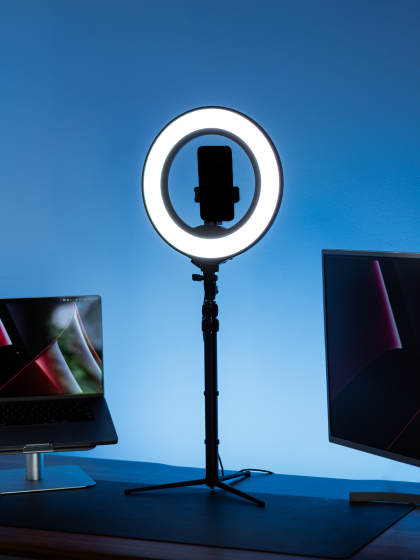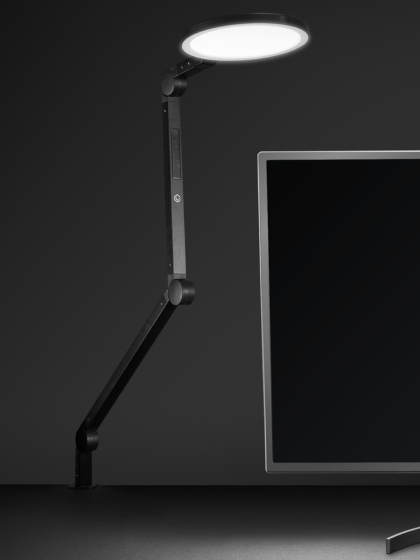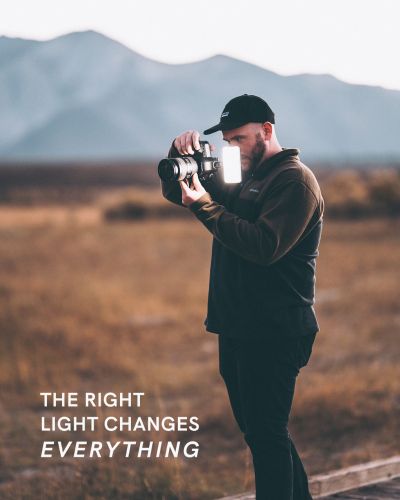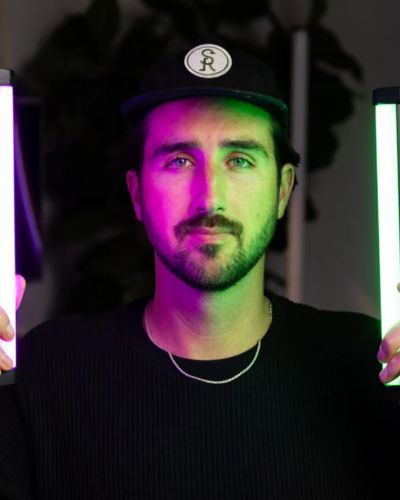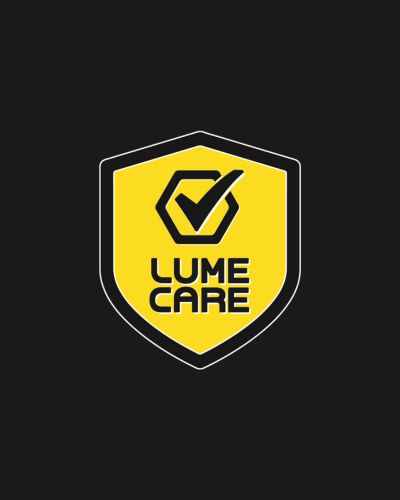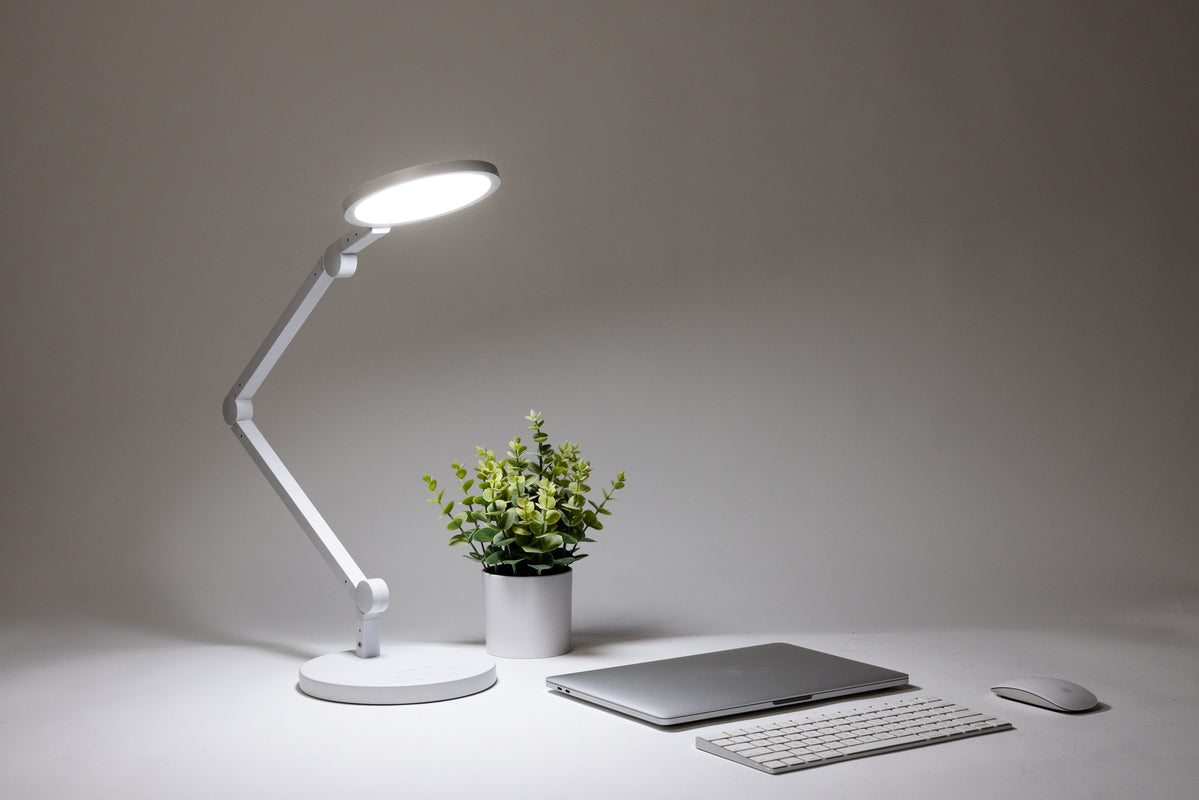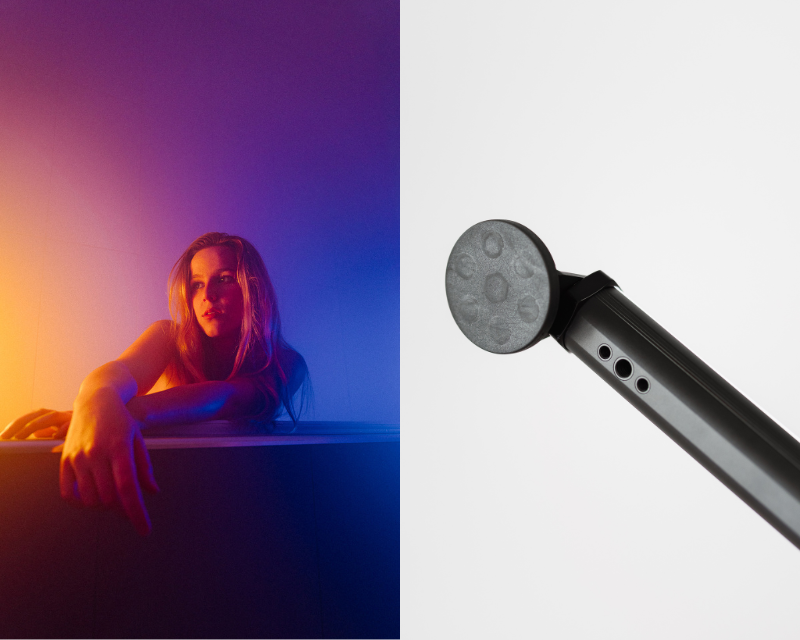Creating the perfect workspace setup goes beyond a comfortable chair and a good desk. Lighting plays an important role in your productivity, focus, and overall well-being. The right workspace lighting can enhance your efficiency, reduce eye strain, and even improve your mood. But what kind of lighting is best for productivity, and how do you choose the right light for different tasks like computer work, reading, or video conferencing?
In this article, we’ll cover what type of lighting is best for your workspace, the ideal color temperature for your eyes, how many lumens your desk lamp should provide, and which lights are best for various work-related activities.

1. What Workspace Lighting is Best for Productivity?
The type of lighting you choose for your workspace has a direct impact on how productive you are. Good lighting can help you stay alert, reduce fatigue, and create a comfortable environment.
Natural Light
Whenever possible, try to incorporate natural light into your workspace. Studies have shown that natural light can improve mood, boost productivity, and reduce stress. Position your desk near a window to maximize exposure to natural sunlight during the day.
- Pro Tip: If natural light is limited, use adjustable lights that mimic natural daylight - a great option is the Edge Light 2.0 Desk Light, which offers customizable brightness and color temperature settings.
Task Lighting
Task lighting is focused, directional light designed to illuminate specific areas of your workspace, such as your desk. A good task light should reduce shadows and glare, allowing you to see clearly without straining your eyes. Desk lamps with adjustable arms or flexible heads are great options for this.
The Edge Light 2.0 is perfect for task lighting. Its 5 adjustable pivot points allows you to direct light exactly where you need it, ensuring that your workspace is always well-lit.
Ambient Lighting
While task lighting focuses on specific areas, ambient lighting provides general illumination for the entire room. It’s important to balance task lighting with ambient lighting to avoid harsh contrasts between light and dark areas in your workspace.
To achieve this balance, use overhead lights or floor lamps to provide soft, even light throughout the room. This creates a comfortable atmosphere and reduces eye strain caused by working in too much or too little light.

2. What Color Light is Best for Your Eyes?
Color temperature refers to the warmth or coolness of light, measured in Kelvin (K). Different color temperatures can affect your mood and productivity in various ways, which means choosing the right one is key!
Warm Light (2700K-3000K)
Warm light has a yellowish tone and is often found in living rooms and bedrooms. While warm light creates a cozy and relaxing atmosphere, it’s not ideal for productivity-focused tasks. It can make you feel more relaxed or even sleepy, which can be counterproductive for workspace lighting.
Neutral Light (3500K-4100K)
Neutral or "cool white" light offers a good balance between warm and cool tones. It is bright enough to keep you alert without being too harsh. This type of light is ideal for tasks that require concentration, such as reading or computer work.
Cool Light (5000K-6500K)
Cool light, often referred to as daylight, has a bluish tone and closely resembles natural sunlight. It’s the best option for staying focused and alert during work hours. Cool light is ideal for spaces where you need to be productive, as it helps reduce eye strain and enhances clarity, especially during tasks like computer work or video calls.
- Pro Tip: Use cool light (5000K-6000K) for work-related tasks to stay sharp and focused throughout the day. The Edge Light 2.0 Desk Lamp allows you to adjust the color temperature, making it easy to switch between warm and cool light as needed.

3. How Many Lumens for a Desk Lamp?
Lumens measure the brightness of a light source. For a desk lamp, the ideal number of lumens depends on the type of tasks you need it for. Here’s a general guide to help you choose the right brightness level for your workspace:
- General Computer Work: 450 to 700 lumens is typically sufficient for tasks like typing, browsing, and attending virtual meetings. This level of brightness provides enough light without causing glare on your screen.
- Reading and Writing: If you’re reading, writing, or working with printed materials, you’ll need a little more brightness. Aim for 700 to 1000 lumens to ensure that you can clearly see without straining your eyes.
- Detailed Tasks: If you’re working on tasks that require a high level of precision, such as drawing, crafting, or assembling small items, you may need 1000 lumens or more.

4. Which Light is Good for Computer Work, Reading, and Video Conferencing?
Different tasks require different types of lighting. Here’s a breakdown of the best lighting setups for specific tasks:
For Computer Work
When working at a computer, it’s important to avoid direct glare on your screen, which can cause eye strain and discomfort. Use a desk lamp with adjustable arms so you can direct light onto your keyboard and workspace without creating glare on your monitor.
- Pro Tip: The Edge Light 2.0 Desk Light is perfect for computer work because it allows you to adjust the brightness and color temperature to match the time of day or the task at hand. Position the light to the side of your computer screen to minimize glare.
For Reading and Writing
For reading and writing tasks, a bright, focused light source is essential to prevent eye strain. Use a task lamp with at least 700 lumens and make sure the light covers the entire area where you’ll be reading or writing.
- Pro Tip: If you’re reading for long periods, opt for a neutral light (3500K-4100K) to create a comfortable environment without feeling too warm or too cool.
For Video Conferencing
Lighting is crucial for looking professional during video calls. Ideally, you want soft, even lighting on your face to eliminate shadows. A ring light or adjustable light that can be positioned directly in front of you is the best choice for video conferencing.
- Pro Tip: The Video Conference Lighting Kit is an excellent solution for video calls. It provides soft, even lighting and can be easily attached to your laptop or monitor for the perfect setup.
Choosing the right workspace lighting can make a significant difference in your productivity. By selecting the right type of light, adjusting the color temperature, and ensuring your desk lighting provides the correct light for your tasks, you can create a workspace that helps you stay focused and productive throughout the day.
Whether you’re working on a computer, reading, or attending video calls, our Workspace Lighting Collection is the perfect place to find the ideal lighting setup for your home or office.
FEATURED LIGHTS

EDGE LIGHT 2.0 WITH BASE - SHOP NOW


